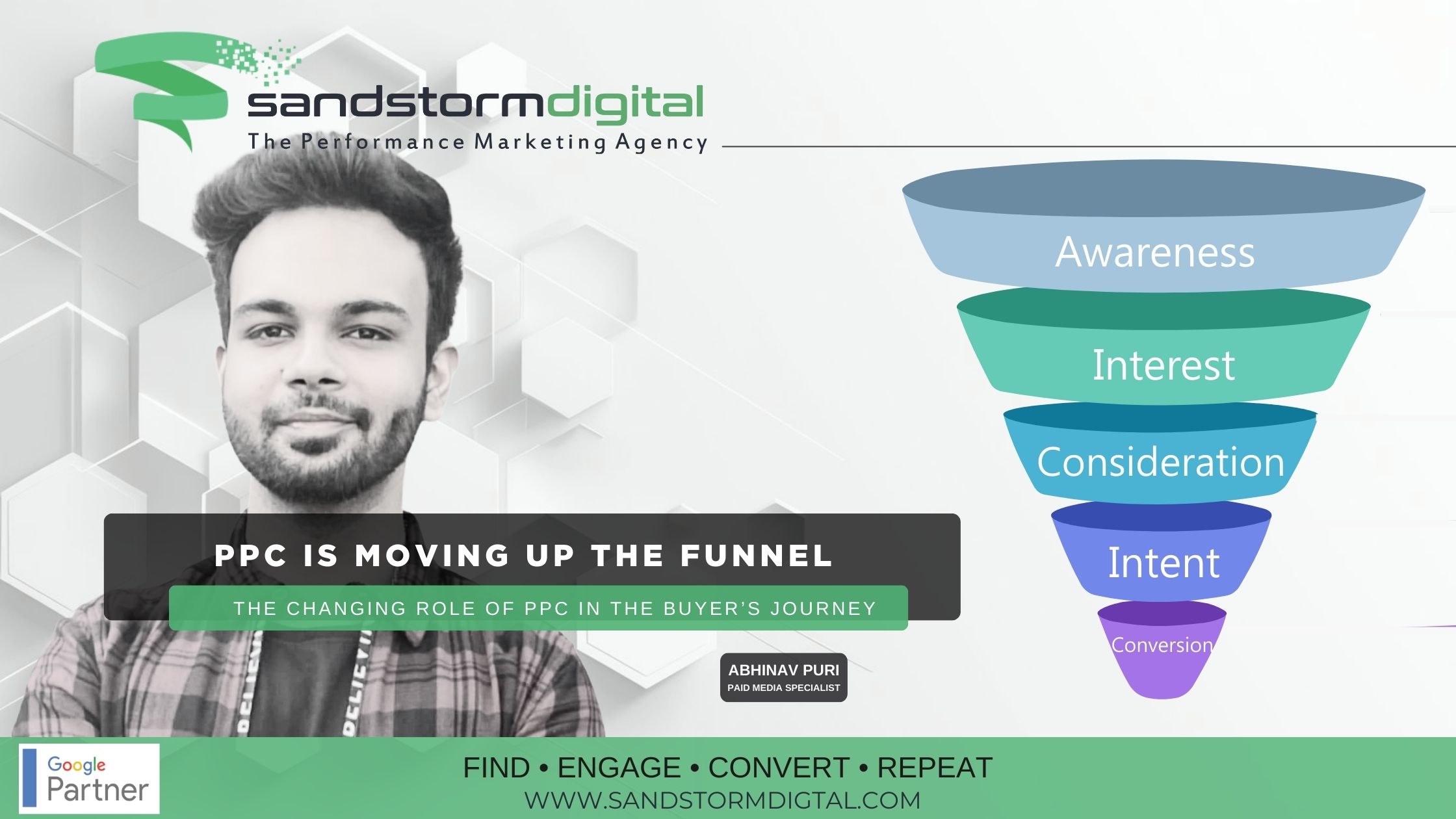Running an online business is hard. Whether you’re wholly digital or you just have a website to help improve the sales of a brick-and-mortar store, several different components go into creating a successful website. One of the most significant pieces of knowing whether or not you’re connecting with your target audience is tracking your analytics.
Many business owners know that their analytics are essential. However, they don’t fully understand what those numbers are trying to tell them. They write down the figures and acknowledge how things are changing, but they don’t take the time to grasp what is influencing the way their analytics change. If you genuinely want to be successful with your online business, you need to know the ins and outs of each number and change.
One of the most commonly misunderstood analytics is the bounce rate. Let’s take a closer look at what your bounce rate is, what it means, and what it really tells you about your business.
What is Your Bounce Rate?
Your bounce rate is the number of individuals coming to your website, viewing one page, and then choosing to leave your site. In basic terms, they’re the number of website visitors who prefer not to explore beyond one page. Your bounce rate is commonly displayed as a percentage that you want to be as low as possible.
Your bounce rate should tell you whether or not your website is retaining readers. It lets you know whether or not your content is holding attention or if you’re pushing people away from viewing other pages of your site. If you have a low bounce rate, the majority of your website visitors are checking out more than one page. On the other hand, if your bounce rate is high, you may be struggling to attract high-quality leads.
Google and other search engines will look at your bounce rate when determining where to place your content in a relevant search. If they see that visitors are frequently landing on your page only to check out one page before leaving, they may push your content lower on the list. If they recognize your site as an authoritative source providing quality content, you’ll see your content a bit higher in the ranks.
However, your bounce rate isn’t always an indication that your website is successful. In fact, having a low bounce rate may mean you’re not making it easy for visitors to find the information they need, while a high bounce rate may be a good thing.
When is a Low Bounce Rate a Bad Thing?
The goal of your website shouldn’t be to get your visitors trapped in a maze of content. While causing your visitors to click through page after page of content to find the information they need may make your bounce rate lower, it is also likely to annoy your visitors. If they can’t easily find what they’re looking for, they’ll leave your site for a competitor’s.
The flow of your website is incredibly important to the experience of your site visitors, so that should always be at the forefront of your mind when designing your website. If you’re putting unnecessary clicks in your pages just to increase your bounce rate, you’re going to make your site confusing to use. That will hurt your online business much more than a high bounce rate.
When is a High Bounce Rate a Good Thing?
Whenever a visitor comes to your site, you want them to explore more than one page. However, you’ll find that many website visitors don’t do this. Instead, they land on a website, see the information they need, and then leave again. That means that even if you’re creating high-quality content, you may find that your bounce rate is high.
Certain kinds of content typically create high bounce rates. For example, if a shopper is looking for a product, they’re likely to click on a few different pages before making a decision. That would lower your bounce rate. However, when they’re reading a blog post, they may come to your site, read the article, and then leave once they’re finished. While you want them to stick around, this type of high bounce rate doesn’t necessarily mean you’re website isn’t giving your audience what they’re seeking.
How to Better Understand Your Bounce Rate
Just checking your bounce rate isn’t enough to fully understand whether or not you’re making a lasting impact on your target audience. Instead, you need to look at a few other metrics if you want to grasp how well your website is performing.
Check Your Bounce Rate for Individual Pages
While Google Analytics will tell you the bounce rate for your entire site, this is simply an average of each page. While this can be good information for understanding the overall success of your website, you won’t learn much from it. In fact, once you get a bit deeper, you’ll find that your bounce rate probably ranges quite drastically from page to page.
Start to identify which pages within your website may be raising or lowering your overall bounce rate. If most of your pages with high bounce rates are blog posts, this is pretty normal. However, if your product pages or home page is high, this may be a sign you’re not capturing your leads appropriately.
You’ll also want to check the call-to-action on your pages with high bounce rates. If you have a strong call to action that pushes the visitor to pick up the phone or do anything that takes them away from the site, this might explain the bounce rate is high. However, you then want to relate that activity to the number of leads you have converting through that pathway. If you find that people are choosing to call or email you instead of browsing your website, it’s okay to have a high bounce rate.
Monitor Social Shares
If you find that your blog posts are causing your bounce rate to be high, you shouldn’t automatically assume that your readers are uninterested in them. In fact, some of your most popular content may not be retaining your readers. To really understand if you’re hitting the mark with your content, you’ll want to look at other factors.
Social shares are one way to tell if your visitors enjoy your content. While they may not click through and read another post, they might decide to share it with their friends and family. A high number of social shares can be a much better indication of whether or not your content is strong.
However, if you find that your visitors are sharing your content, but they’re not engaging more on your website, you could still be missing significant opportunities. You’ll want to look for ways to move them onto additional content, such as recommending similar posts once they’ve finished an article.
Track Time on Page
Just as with social shares, sometimes your bounce rate isn’t the best indication of whether or not your content is strong. Looking at how much time the visitor spends on that page can give you a better idea of whether or not you’re making a solid connection with them.
In most cases, a visitor will reach your page, realize it isn’t what they’re looking for, and leave. If your bounce rate is high and your visitor is only spending a few seconds on the page, then you probably aren’t providing them with what they’re seeking. However, if your bounce rate is high but visitors are spending a few minutes on the page, they’re probably reading your content. While this doesn’t automatically mean they enjoyed it, it does usually mean they’re engaging.
For pages that your visitors are viewing but leaving after a few minutes, check your call-to-action. If they’re spending enough time on your website to absorb the content, you should be making an effort to continue that connection. Make sure you’re prompting them to take an additional step, engage, or share.
Improving Your Bounce Rate
While a low bounce rate isn’t a direct indication that your website is failing, you still want visitors to explore more than one page. When your site visitors spend more time studying your pages, they’re able to learn more about you, what you offer, and are more likely to remember you when they’re ready to make a purchase.
One of the best ways to improve your bounce rate is to link to internal information. Whether in your blog posts or your web copy, adding links to other relevant pages can encourage visitors to check out more information. That also includes adding links within your website’s sidebar. Make it as easy as possible for visitors to check out another page that may interest them.
You can also improve your bounce rate by improving your content that flows together. Breaking down pieces into more detailed overviews or providing supplemental content can encourage readers to check out something else while already on your page.
While your bounce rate is important for SEO and retaining leads, you shouldn’t base your success entirely on this percentage. When you start to take a more in-depth look at what your bounce rate is trying to tell you, you can establish stronger connections with your target audience, attract better leads, and land more sales.











